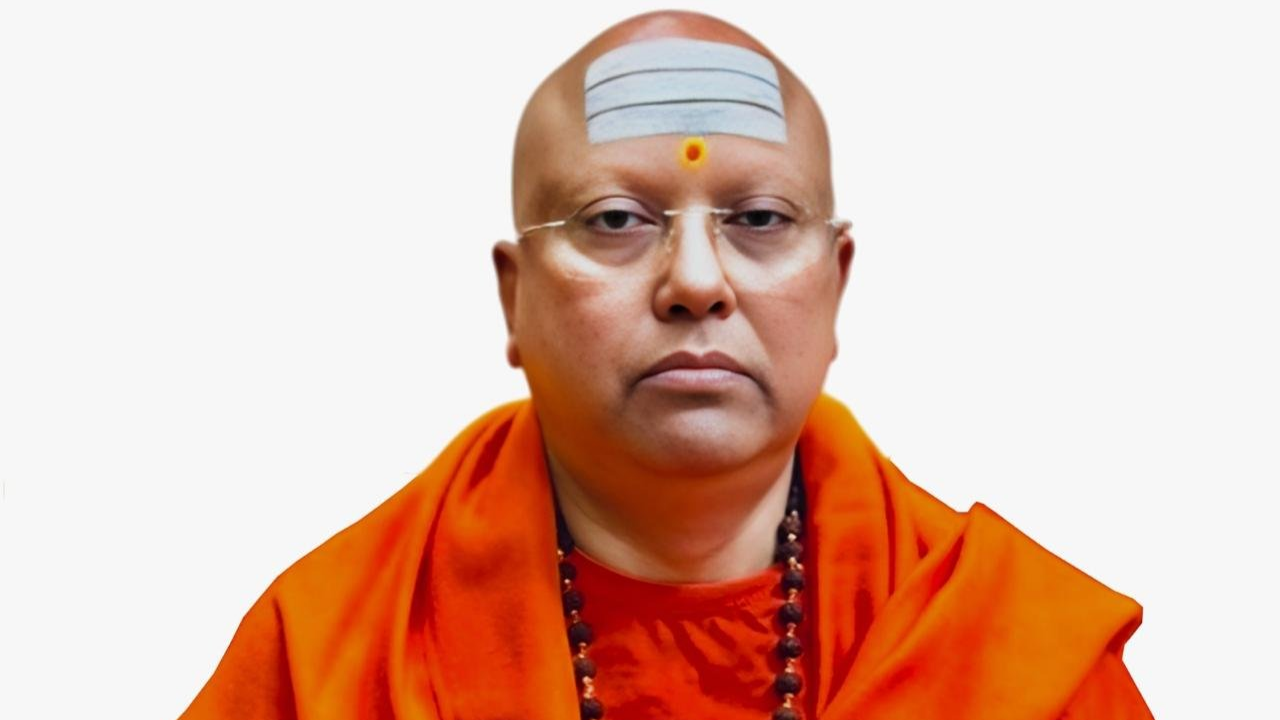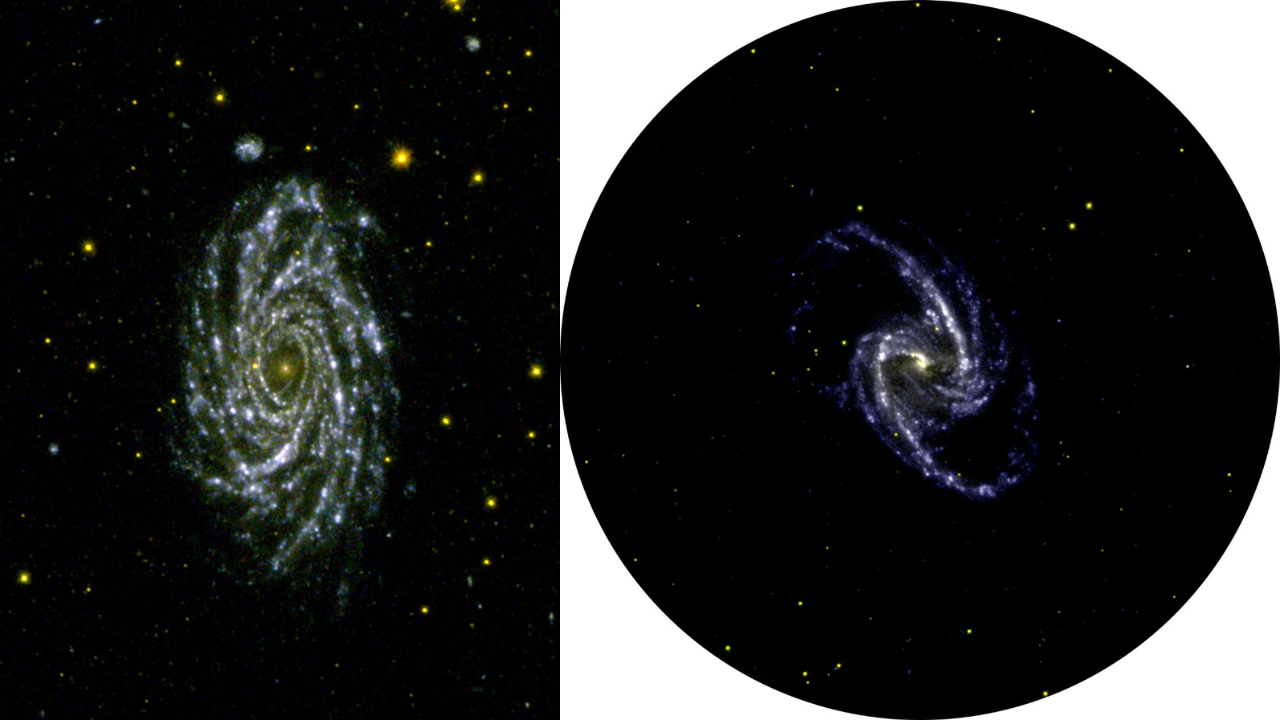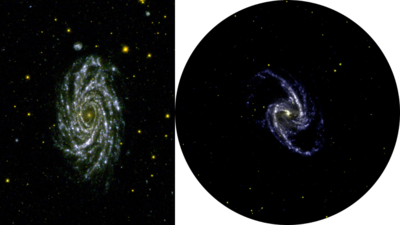BENGALURU: India Sunday marked ten years since the launch of AstroSat, the country’s first dedicated space observatory that has been orbiting Earth and studying the universe across multiple wavelengths. Launched on Sept 28, 2015, aboard PSLV-C30 from the Satish Dhawan Space Centre, AstroSat has gone on to outlive its design life of five years and continues to deliver scientific results in ultraviolet, visible and X-ray bands.“Celebrating a decade of AstroSat, India’s first multi wavelength astronomy observatory launched by Isro… AstroSat has enabled groundbreaking insights across the electromagnetic spectrum from UV visible to high energy X-rays. Congratulating AstroSat for a successful decade and wishing many more years of exciting results and discoveries,” Isro said.AstroSat’s very first findings resolved a puzzle that had eluded astronomers for two decades, when it helped explain the unusual brightness of a red giant star seen in both ultraviolet and infrared light.
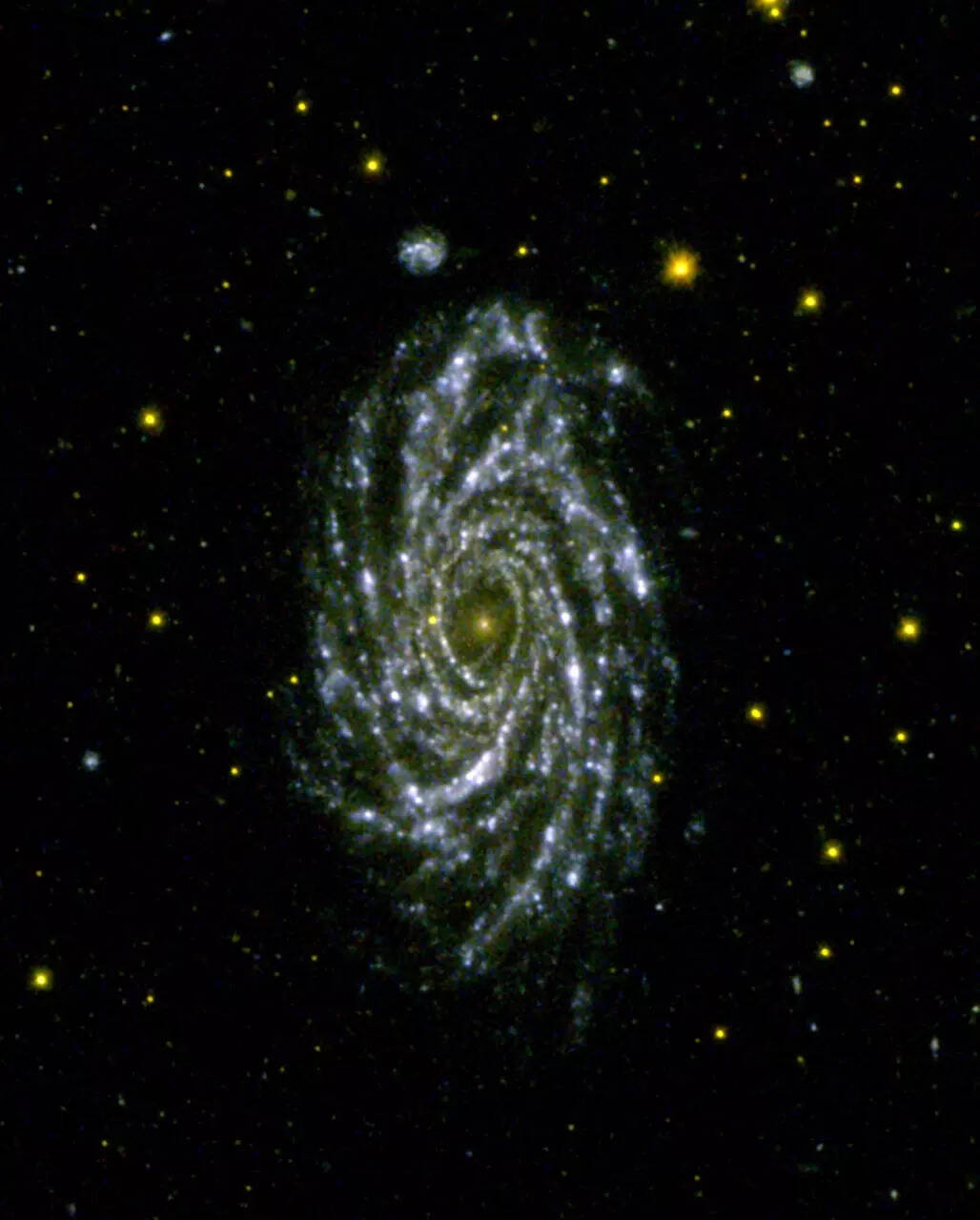
NGC1365 as seen by AstroSat UVIT is also known as Fornax propeller galaxy is a double barred galaxy at a distance of 56 million light years away (Credit: Isro)
In the years since, the observatory has recorded photons from galaxies nearly nine billion light-years away, revealed that the emission region of the Butterfly Nebula was three times larger than previously thought, and advanced studies of X-ray polarisation. It has also provided new insights into galactic mergers, spinning black holes and binary stars in the Milky Way.Over the decade, AstroSat has built a global user community. More than 3,400 researchers from 57 countries have registered to access its data, ranging from established scientific centres in the United States to new entrants in countries such as Afghanistan and Angola.
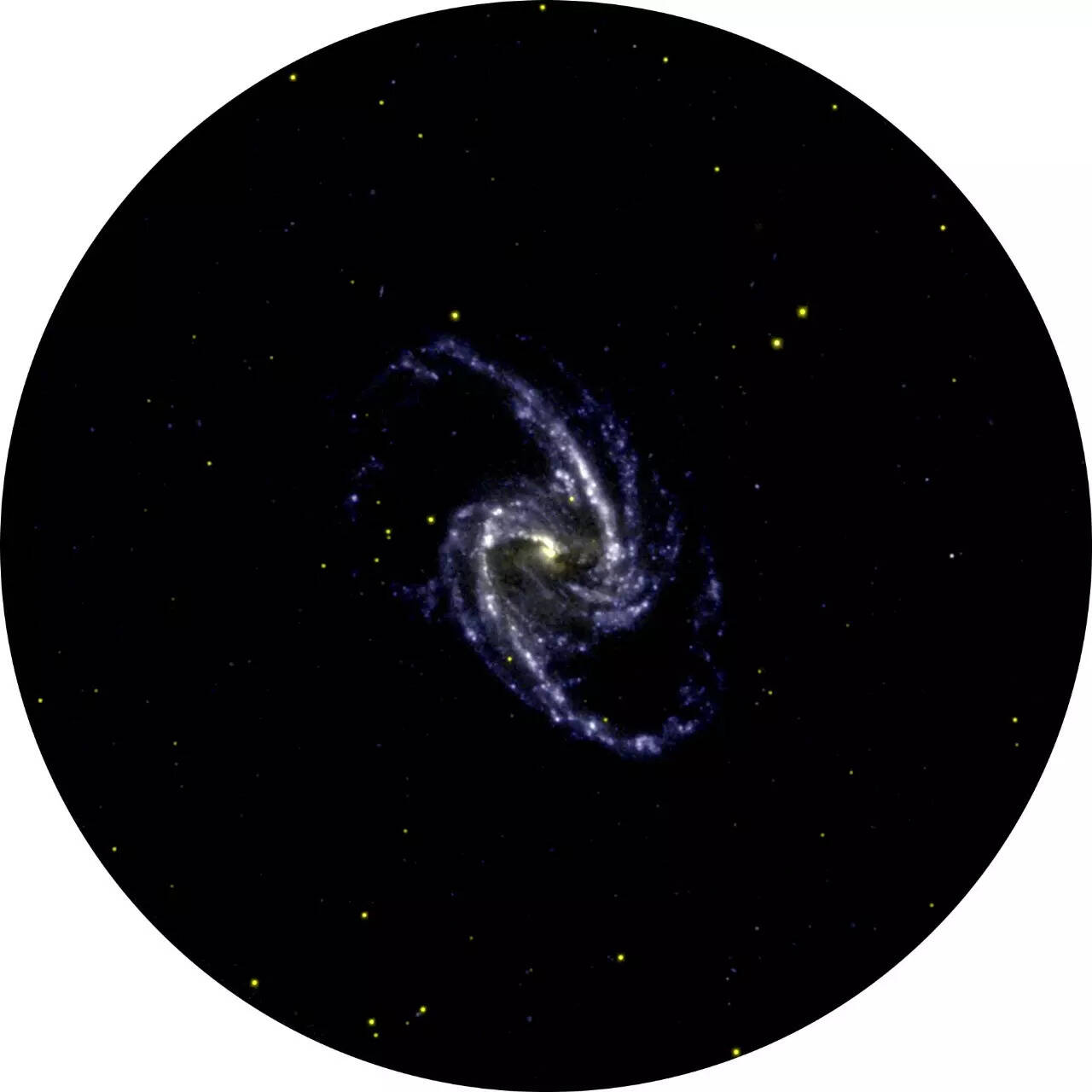
NGC 2336 a barred spiral galaxy 100 million light years away as seen by AstroSat UVIT (Credit: Isro)
Within India, the observatory has supported astrophysics research in 132 universities, with roughly half of its active users being Indian scientists and students.All five scientific instruments on board remain operational, well beyond the satellite’s expected lifetime. With India celebrating the mission’s first decade, AstroSat continues to stand as a symbol of the country’s ambition in space science and of the value of long-term international collaboration in astronomy.The mission is notable for its collaborative foundation. Several Isro centres, including the UR Rao Satellite Centre, Space Applications Centre, and Vikram Sarabhai Space Centre, worked with research institutions such as the Tata Institute of Fundamental Research, the Indian Institute of Astrophysics and the Inter-University Centre for Astronomy and Astrophysics. The ultraviolet imaging telescope on board involved the Canadian Space Agency, while the soft X-ray telescope was developed in partnership with the University of Leicester in the United Kingdom.







